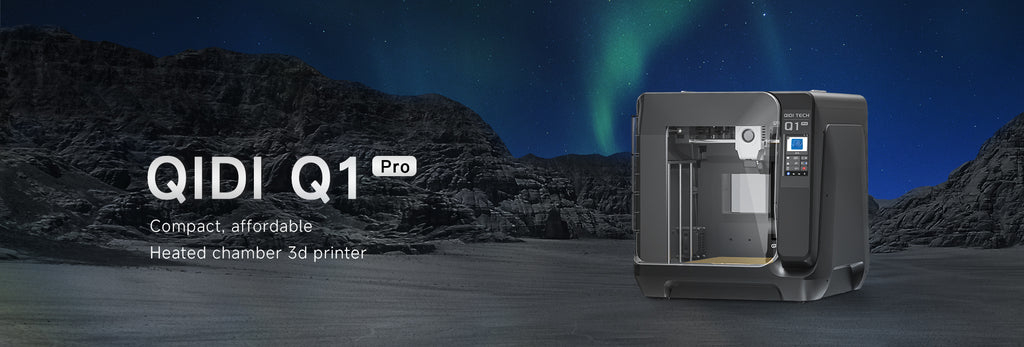Unlock Your Creativity: The Ultimate Guide to Choosing Beginner-Friendly 3D Printers in 2024!
3D printing has revolutionized the way we think about creativity and production, making it accessible to everyone, especially beginners. As technology advances, more individuals are stepping into the world of 3D printing, eager to create everything from simple toys to intricate prototypes. The importance of selecting the right 3D printer cannot be overstated; it serves as the foundation for a rewarding learning experience. In 2024, advancements in 3D printing technology have introduced user-friendly options that cater specifically to newcomers. This article aims to guide you through the diverse landscape of 3D printers available for beginners, ensuring you find the perfect match to foster your creative journey.

Understanding 3D Printing Technology
At its core, 3D printing is a process that creates three-dimensional objects layer by layer from a digital file. There are various methods of 3D printing, each with its unique mechanisms and applications. The most common type is Fused Deposition Modeling (FDM), which works by melting plastic filament and extruding it through a heated nozzle to build objects from the bottom up. Another popular method is Stereolithography (SLA), which uses a laser to cure liquid resin into solid forms, allowing for highly detailed prints. Both technologies have their pros and cons, but for beginners, FDM printers are often favored due to their affordability, ease of use, and wide range of compatible materials. Understanding these technologies is crucial for making an informed decision when selecting your first 3D printer.
Key Features to Look for in a Beginner 3D Printer
When choosing a 3D printer as a beginner, several essential features should guide your decision. First and foremost is ease of use; a printer with an intuitive interface and straightforward setup can significantly enhance your experience. Look for a model with a decent build volume, as this allows you to create larger objects without constraints. Print quality is another vital aspect, so be sure to research printers known for producing smooth, detailed prints. Additionally, consider support resources, such as customer service and community forums, as these can provide valuable assistance as you navigate the learning curve. Safety features, like automatic shut-off and enclosed build chambers, are also important to ensure a safe printing environment, particularly for those new to the hobby.
Top Considerations for Beginners
Beyond the printer's features, several other considerations can influence your choice. Budget is often a primary concern for beginners; it's essential to find a printer that fits your financial constraints while still offering quality performance. The availability of materials is another critical factor—ensure that the printer you choose is compatible with widely available filaments or resins. Community support is invaluable; joining forums or social media groups can provide a helpful network of fellow users who share tips and resources. Finally, consider the upgrade options that may be available; investing in a printer that can grow and evolve with your skills will be beneficial as you become more experienced in 3D printing.
Common Mistakes to Avoid When Choosing a 3D Printer
As you embark on your 3D printing journey, it's easy to fall into common traps. One frequent mistake is selecting an overly complex printer, which can lead to frustration and deter you from continuing the hobby. It's crucial to pick a model that aligns with your current skill level. Additionally, many beginners overlook the importance of post-purchase support; choosing a printer from a manufacturer with a strong support system can save you from future headaches. Another common pitfall is ignoring the learning curve associated with 3D printing; be prepared to invest time and patience as you learn the ins and outs of your new machine. By avoiding these mistakes, you can set yourself up for a more enjoyable and successful experience.
Resources for Learning and Support
To enhance your 3D printing experience, it’s beneficial to tap into various learning resources. Online communities, such as forums and social media groups, can be a treasure trove of information and support. Websites offering tutorials and instructional videos can help you grasp the basics and advance your skills. Engaging with other users not only provides motivation but also opens doors to valuable insights and troubleshooting tips. Don't hesitate to seek help—being part of a supportive community can make your journey into 3D printing much smoother and more enjoyable.
Final Thoughts on Choosing Your First 3D Printer
Choosing the right 3D printer is a crucial step in starting your creative journey in 2024. By understanding the technology, identifying key features, and avoiding common mistakes, you can make an informed decision that sets you up for success. Remember to explore available resources and engage with the community to enrich your experience. Embrace your creativity and dive into the exciting world of 3D printing; the possibilities are endless!








